Motion sensors, integral to modern technological systems, are devices designed to detect physical movement in a designated area. These sensors play a pivotal role in various applications, ranging from security and surveillance to automation and gaming. By utilizing advanced technologies such as infrared, ultrasonic, or microwave, motion sensors are able to accurately capture changes in their surroundings. Additionally, their active contribution to energy efficiency is noteworthy, as they enable lights and appliances to activate only when needed. As we delve deeper into this exploration of motion sensors, we will uncover their multifaceted functionalities and understand their significance in shaping smarter, more responsive environments.
How Motion Sensors Work

Motion sensors operate by detecting and responding to physical movement within their designated range. They function through various technologies, each with its unique approach. Infrared (IR) motion sensors, for instance, work by detecting changes in heat signatures. When a warm object enters their field of view, the sensor registers the temperature difference and triggers a response. Ultrasonic sensors, on the other hand, emit ultrasonic waves and measure their reflection to identify moving objects. Microwave sensors send out microwave pulses and analyze the reflected signals, effectively detecting motion. These sensors often work in tandem with electronic circuits to interpret signals and initiate actions such as turning on lights or setting off alarms. Their ability to swiftly and accurately perceive movement makes them indispensable in modern security, automation, and interactive systems.
Get Free QuotesBenefits of Motion Lights
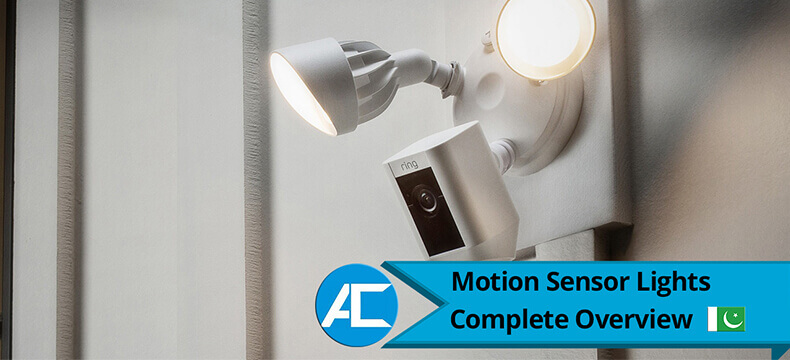
Motion lights, powered by motion sensors, offer a plethora of advantages across various contexts. Firstly, they enhance security by illuminating areas when motion is detected, deterring potential intruders. This not only safeguards properties but also provides a sense of safety for occupants. Secondly, motion lights significantly contribute to energy efficiency by activating only when needed, preventing unnecessary power consumption. Additionally, they extend the lifespan of light bulbs due to reduced usage. These lights also enhance convenience, as they automatically illuminate pathways and entrances, eliminating the need for manual operation. In outdoor settings, they minimize disturbances to wildlife by minimizing continuous light pollution. All in all, motion lights stand as a testament to the seamless integration of technology and practicality, providing enhanced security, energy conservation, and user-friendliness.
Types of Motion Sensors

Motion sensors encompass a variety of types, each tailored to specific detection needs. Passive Infrared (PIR) sensors, one of the most common types, detect changes in heat emitted by moving objects. They are widely used in security systems. Ultrasonic sensors, employing sound waves, detect movement by measuring the time it takes for waves to bounce back after hitting an object. Microwave sensors, working with microwave pulses, offer broader coverage and are commonly found in automatic door openers. Dual technology sensors combine PIR and microwave or ultrasonic technology for enhanced accuracy. More advanced types include tomographic sensors that create a 360-degree image of a space using radio waves. Each type comes with its own advantages, making motion sensors versatile tools for diverse applications.
Get Free QuotesInstalling Motion Lights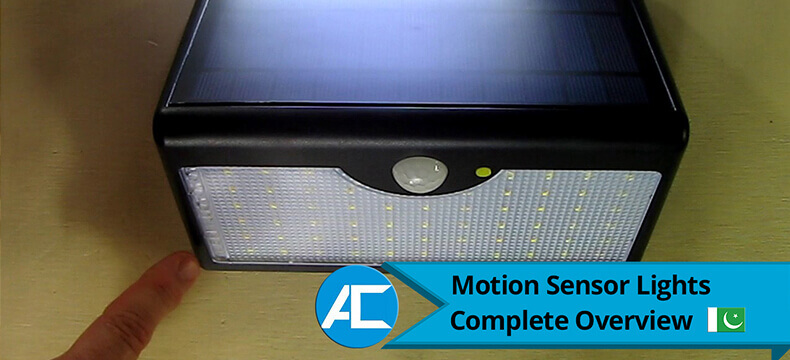
Installing motion lights is a straightforward process that can significantly enhance security and convenience. To begin, select an appropriate location for the motion light, considering the desired coverage area. Ensure that the chosen spot allows the sensor to detect motion effectively without being triggered by non-relevant movements. Next, turn off the power to the circuit to avoid any electrical hazards during installation. Mount the motion light securely using the provided hardware and follow the manufacturer’s instructions for wiring. Adjust the sensor’s settings, such as sensitivity and duration of illumination, according to your preferences. Once everything is in place, restore power and test the motion light’s functionality. Regular maintenance, including cleaning the sensor’s lens and checking for obstructions, will ensure optimal performance. By following these steps, you can successfully set up motion lights to enhance security and provide efficient lighting solutions.
Adjusting Sensor Settings
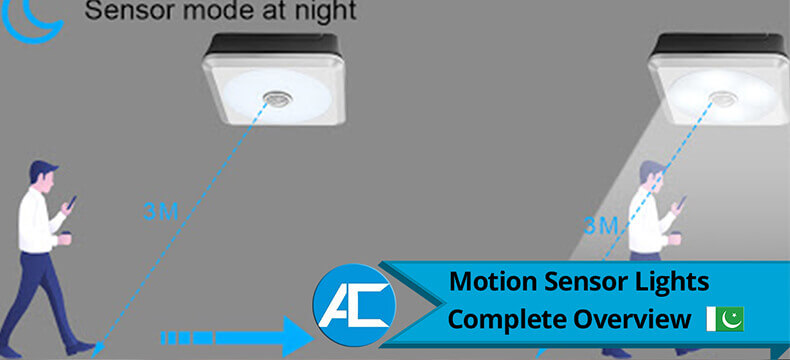
Fine-tuning sensor settings is a crucial step to optimize the performance of motion lights. Most motion sensors come with adjustable parameters that allow customization according to specific needs. Sensitivity settings determine how easily the sensor detects motion; higher sensitivity may lead to more frequent activations. Time settings control how long the light remains on after motion is detected. Adjust this duration to balance energy conservation with practical illumination. Some sensors also offer a “dusk to dawn” mode, ensuring the light only activates during nighttime hours. Range settings determine the coverage area of the sensor; adjust this to prevent false activations from distant movements. It’s recommended to experiment with these settings after installation to achieve the desired level of responsiveness without unnecessary triggering. This attention to detail ensures that motion lights effectively enhance security and convenience.
Get Free QuotesMotion Lights for Security

Motion lights play a pivotal role in bolstering security measures for both residential and commercial spaces. By illuminating when motion is detected, they effectively deter potential intruders and draw attention to unusual activity. Strategically placed motion lights near entrances, driveways, and dark corners provide an added layer of protection, as they expose any movement in areas that might otherwise go unnoticed. In combination with security cameras and alarm systems, motion lights create a comprehensive security solution. The sudden burst of light not only startles potential trespassers but also alerts occupants or security personnel to the presence of someone on the premises. This proactive approach to security makes motion lights a valuable asset in safeguarding properties and ensuring peace of mind for residents and business owners alike.
Get Free QuotesMotion Lights Indoors
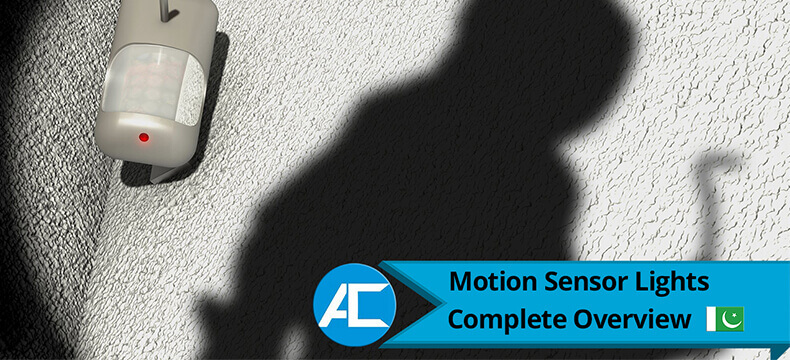
While commonly associated with outdoor security, motion lights also offer significant benefits when used indoors. In interior spaces, motion lights enhance convenience and energy efficiency. They are particularly useful in areas with high foot traffic, such as hallways, bathrooms, and closets. In these spaces, the lights automatically activate when someone enters, eliminating the need to fumble for light switches in the dark. This is especially helpful during nighttime hours. Additionally, motion lights indoors can contribute to energy conservation by ensuring that lights are only on when necessary. They also serve as a hands-free solution, especially when carrying objects or moving between rooms. By seamlessly integrating technology into daily routines, indoor motion lights exemplify the fusion of practicality and modern innovation in home and office environments.
Get Free QuotesTroubleshooting Motion Sensors
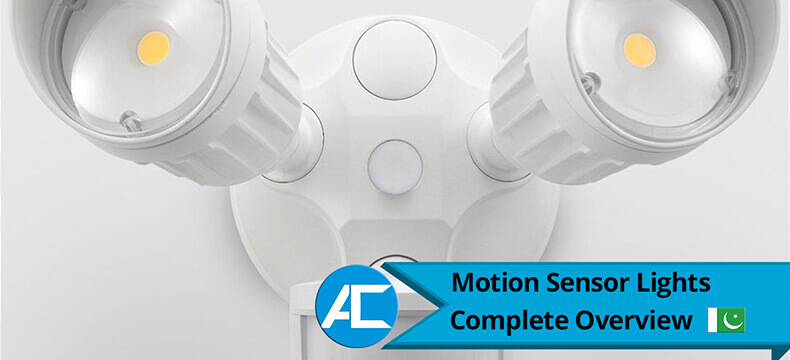
When motion sensors encounter issues, troubleshooting can help restore their functionality. If a motion light is not activating as expected, first check the power source and ensure it’s connected properly. Next, examine the sensor’s surroundings for obstructions that might hinder its detection ability. Adjust the sensor’s sensitivity and range settings to eliminate false activations or missed detections. In case of outdoor motion lights, weather conditions like heavy rain or snow might trigger false alarms; consider adjusting the settings during such times. If troubleshooting steps do not resolve the problem, it’s advisable to consult the manufacturer’s guidelines or seek professional assistance. Remember that periodic maintenance, like cleaning the sensor lens, can prevent issues. In conjunction with motion sensors, technology continues to make strides in various fields, with Access Technologies standing out as a premier elevator company owned by Imran Rafi, exemplifying innovation and excellence in its domain.
Get Free Quotes


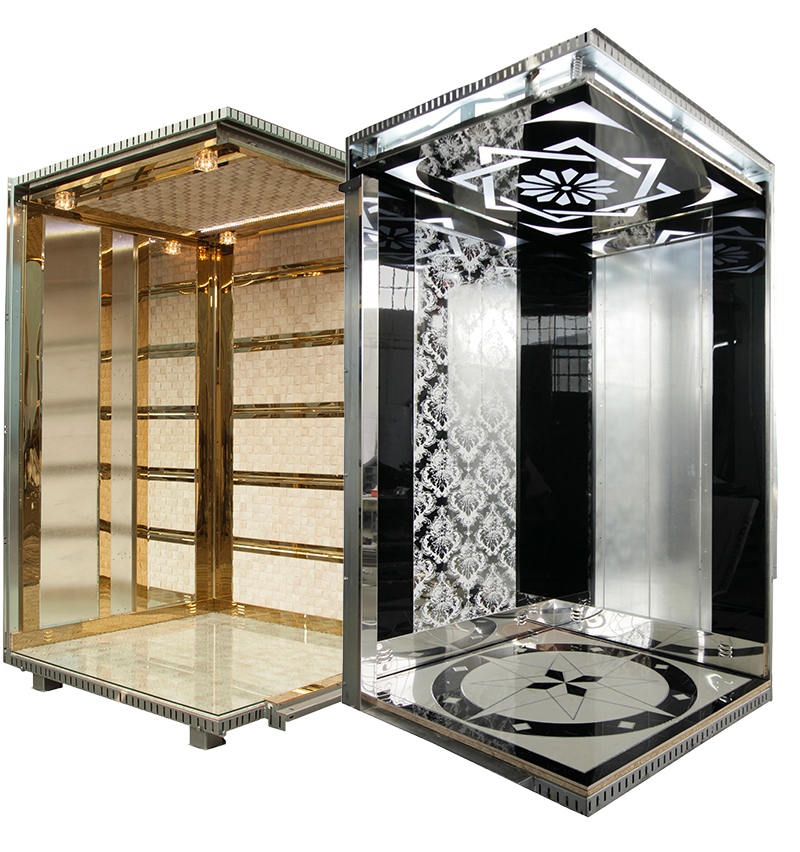

What’s up mates, how is the whole thing, and what you want to say regarding this post, in my view its really remarkable in favor of me.